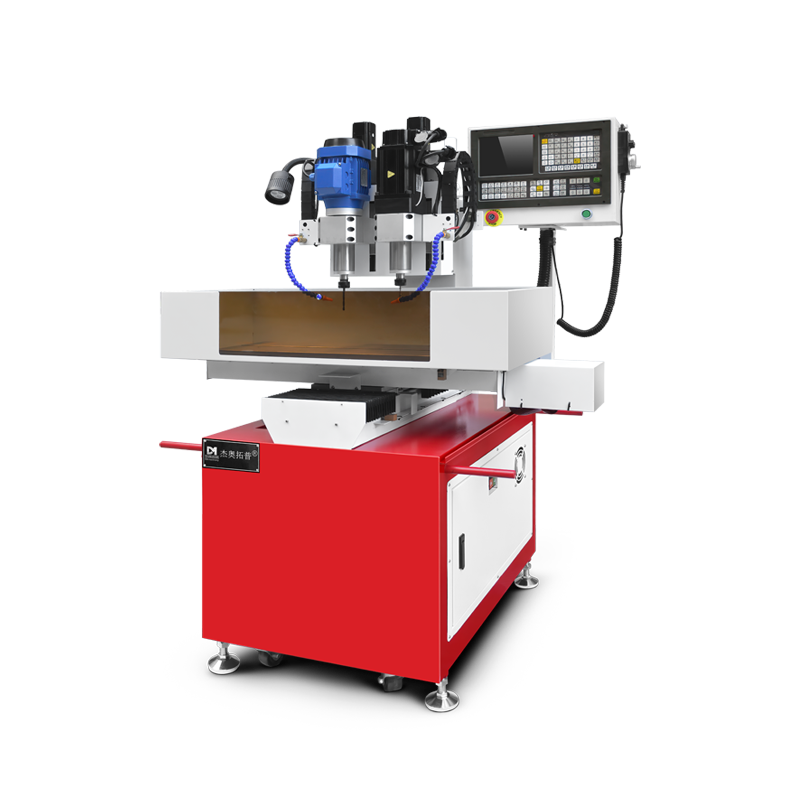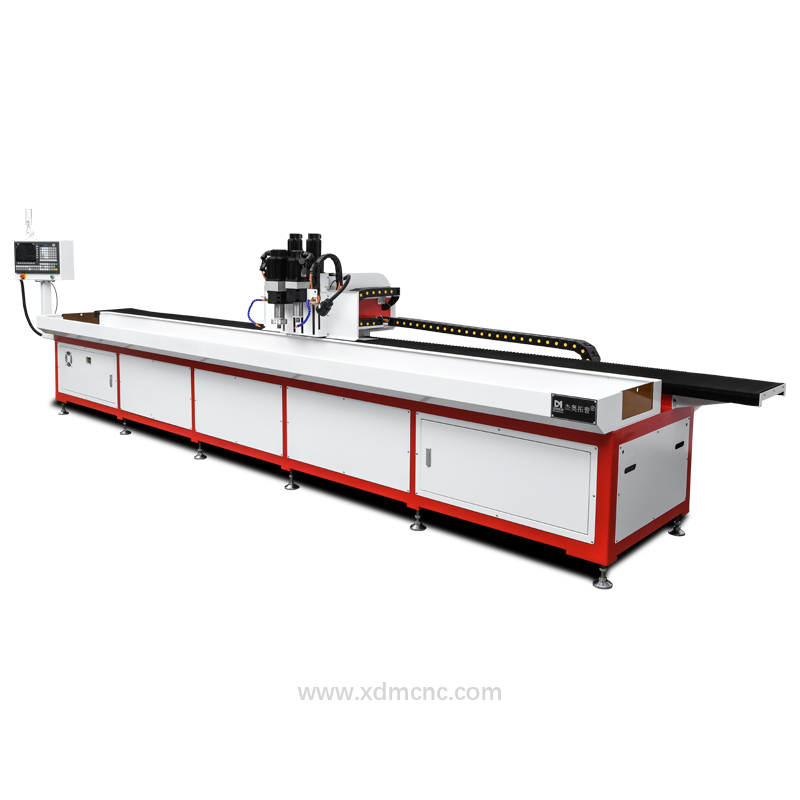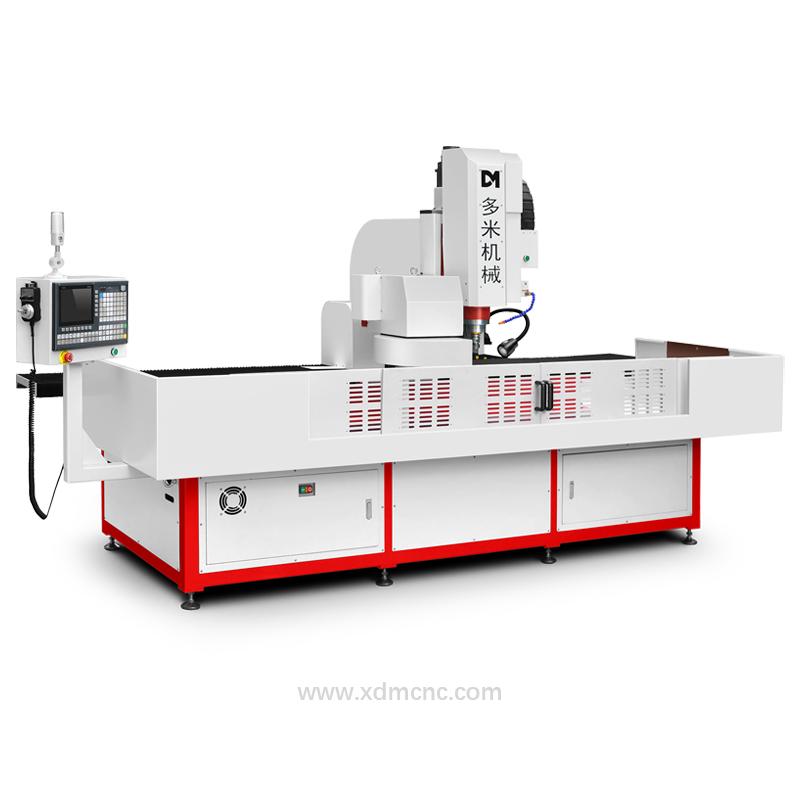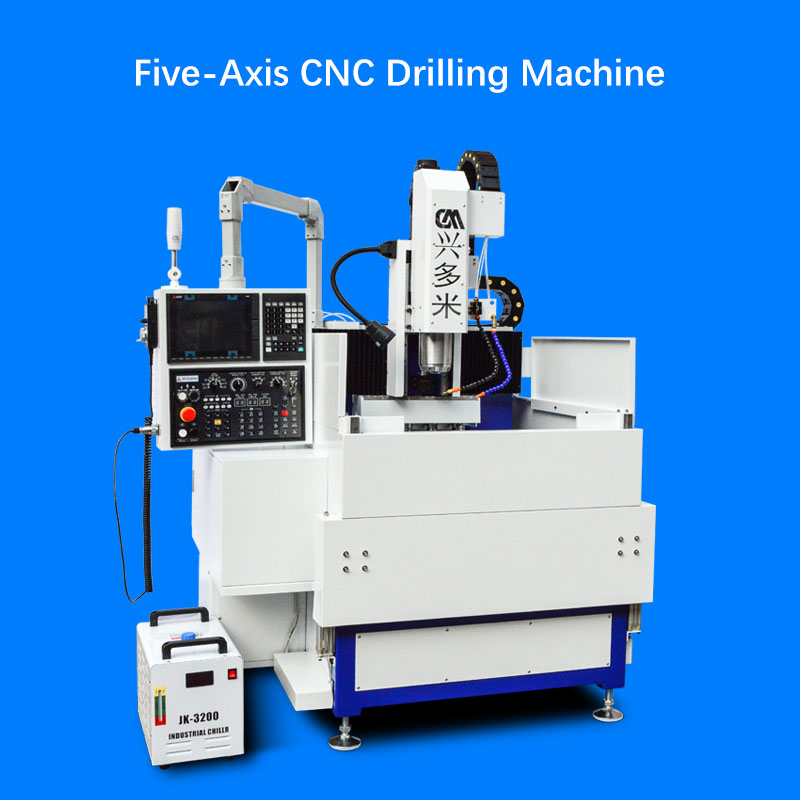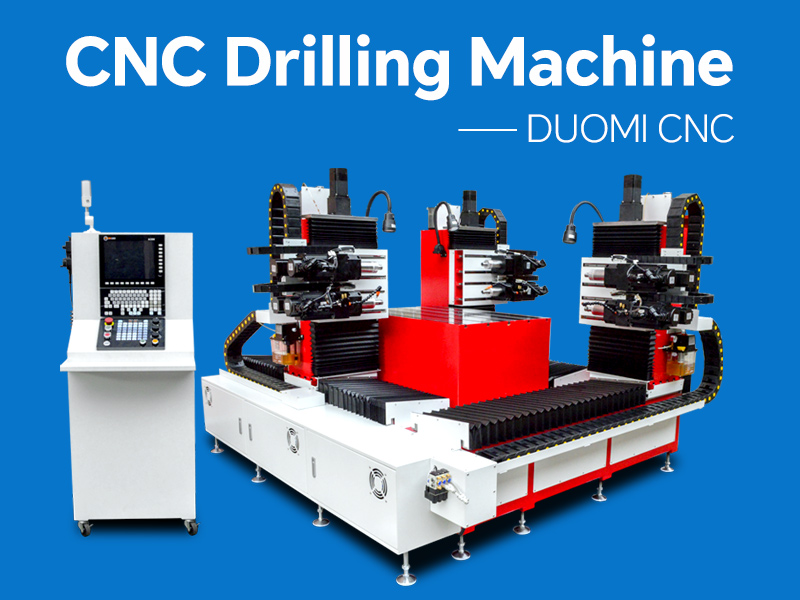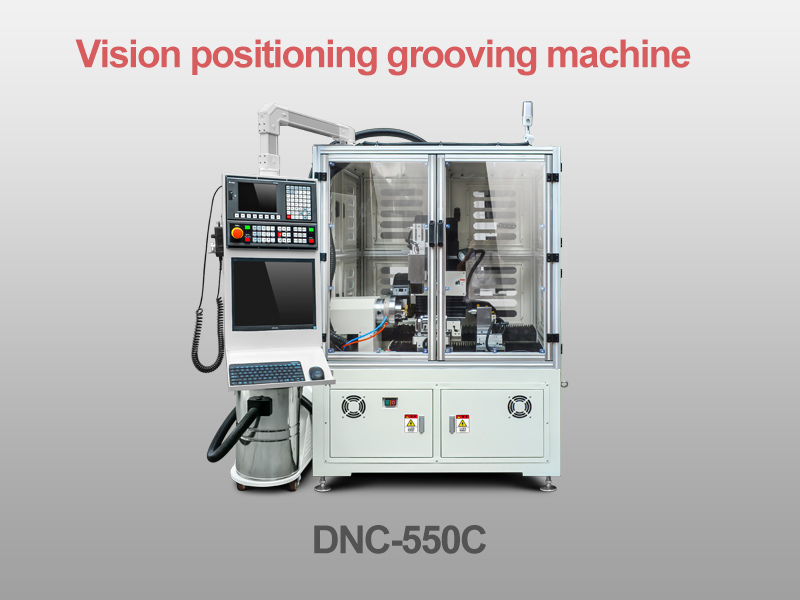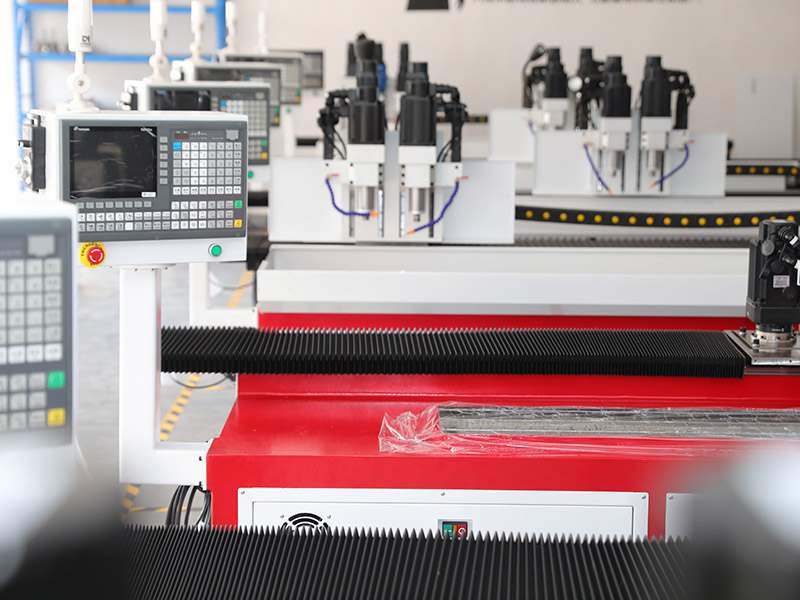Introduction
Friction drilling, also known as thermal drilling, is a non-traditional machining process that utilizes frictional heat to penetrate metal surfaces without the need for cutting. This innovative process creates smooth, burr-free holes with increased structural integrity, making it an ideal solution for various industrial applications. This article explores the principles, mechanics, advantages, and engineering applications of friction drilling.
Fundamental Principles of Friction Drilling
Unlike conventional drilling, which removes material to create a hole, friction drilling uses rotational speed and axial force to generate heat through friction. This heat softens the material, allowing the drill bit to penetrate and displace metal rather than cutting it away.
Key Steps in Friction Drilling:
Initial Contact: The conical tool makes contact with the workpiece, generating heat through friction.
Material Softening: As heat builds up, the metal becomes malleable, allowing plastic deformation.
Hole Formation: The tool penetrates the softened material, forming a precisely shaped hole with extruded collar and bushing features.
Surface Hardening: The process refines the internal surface by work-hardening the metal, enhancing durability.
Advantages of Friction Drilling
Elimination of Material Waste: Unlike conventional drilling, there are no chips, improving efficiency and reducing cleanup efforts.
Stronger Thread Engagement: The extruded collar around the hole increases the thread length, allowing for stronger fastener retention.
Increased Tool Longevity: Tools used in friction drilling, typically made from tungsten carbide, have an extended lifespan compared to traditional drill bits.
Enhanced Mechanical Strength: The thermal process modifies the material’s microstructure, improving hardness and wear resistance.
Compatibility with Various Materials: Effective for stainless steel, aluminum, copper, brass, and titanium alloys.
Industrial Applications
Friction drilling is widely used across multiple industries due to its structural and economic benefits.
1. Automotive Industry
Lightweight vehicle design with enhanced joint strength.
Application in structural frames and exhaust systems.
2. Aerospace Engineering
Used in lightweight alloys to reduce fastener weight.
Provides high-strength joints in aircraft fuselages and components.
3. Metal Fabrication and Construction
Ideal for sheet metal and tubular structures in construction.
Allows for integrated thread holes without additional inserts or fasteners.
4. Medical Device Manufacturing
Used in stainless steel surgical instruments requiring precise hole formation.
Conclusion
Friction drilling is a revolutionary machining process that enhances hole integrity, eliminates waste, and improves mechanical performance. As industries continue to demand lightweight, high-strength components, this technology offers a reliable and efficient alternative to traditional drilling techniques.




